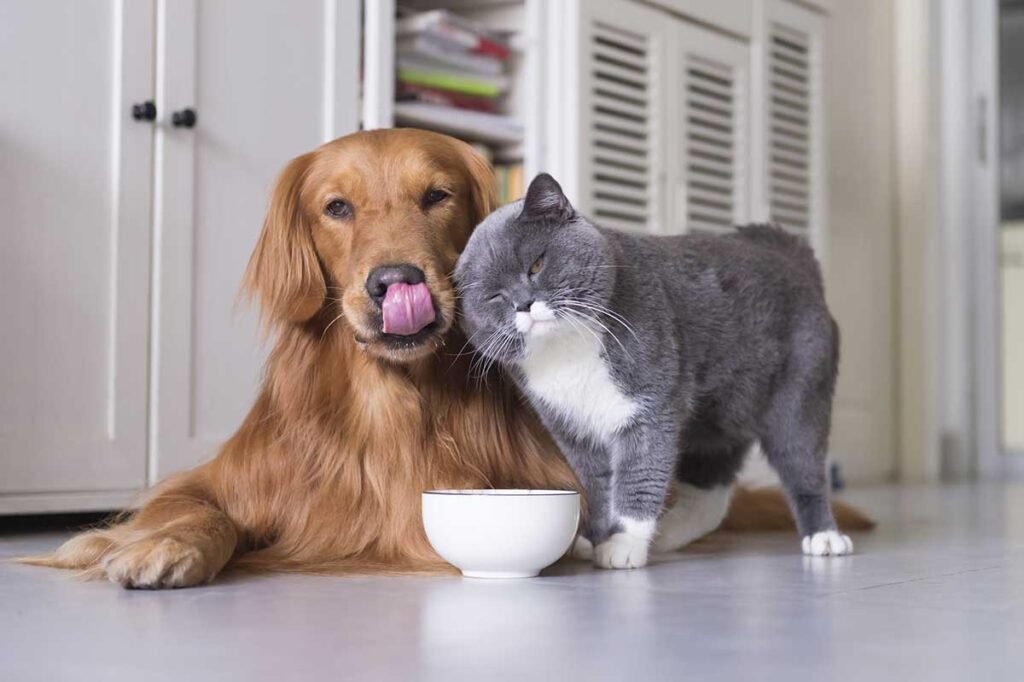
Think you know your pet? Think again! Ever wondered why your dog gets extra clingy every morning, or why your cat suddenly bites after a few forehead pets? From the real reason behind your dog’s adorable “fox position” to what it means when your cat lays on your chest and starts purring—this article uncovers the secret messages behind their everyday behavior. Get ready to explore 20 eye-opening pet facts that’ll change how you see your furry friend forever!
1. Why Is Your Dog So Clingy in the Morning?
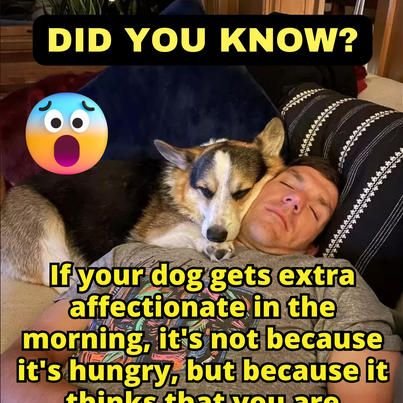
If a dog is particularly affectionate in the morning, it’s likely because they are experiencing stress or anxiety, or they are simply happy to see you. Dogs may also be seeking comfort and a bonding experience during the first hours of the day.
Here’s why:
Stress and Anxiety:
Dogs may feel stressed or anxious due to loud noises, separation anxiety, or other factors. Snuggling with you in the morning can help reduce their stress levels.
Bonding and Affection:
Dogs naturally seek affection and connection with their humans. Snuggling can strengthen their bond with you and make them feel loved and secure.
Oxytocin Release:
Sleeping can increase oxytocin levels in dogs, which is the love hormone, making them more likely to cuddle in the morning.
Happy to See You:
Dogs often show excitement and affection when they see their owners after a period of separation, such as during the night.
They’ve missed you
While (generally speaking) we humans sleep in through big chunk of time, many of our furry friends might wake in the night for short periods of time. This is totally normal, but it does mean that your furry friend can grow to miss you overnight, hence the morning affection and excitement.
2. Think Your Cat Loves Forehead Pets? Think Again!

It’s true that rubbing a cat’s forehead can be aversive for some cats, and it’s generally best to avoid it. Some cats may perceive forehead petting as threatening or uncomfortable, leading them to bite, hiss, or become anxious. Other areas like the chin, cheeks, and back are typically better for petting.
Why forehead petting can be problematic:
Individual preferences:
Cats have varying preferences for petting, and some may dislike forehead contact.
Scent glands:
While forehead rubs can be a way for cats to transfer scent and mark you as safe, it can also be misinterpreted as an invasion of space, especially if the cat is not used to it.
Perceived threat:
The forehead area can be considered a vulnerable zone for some cats, and petting it may be perceived as a threat, especially if done with force or in an area where they are stressed or uncomfortable.
What you can do instead:
> Focus on areas cats like:
Gently stroke their chin, cheeks, and back, as these are areas that most cats enjoy.
> Pay attention to your cat’s body language:
If your cat seems uncomfortable or anxious during petting, stop immediately and try a different approach.
> Consider alternative forms of affection:
Some cats prefer head scratches, gentle nudges, or paw massages.
In short, while forehead rubbing might seem affectionate to some, it’s important to consider your cat’s individual preferences and body language to ensure a positive and comfortable interaction. Focus on areas they enjoy and observe their reactions to make sure they are comfortable with your touch.
3. Why Does Your Dog Really Lick You?
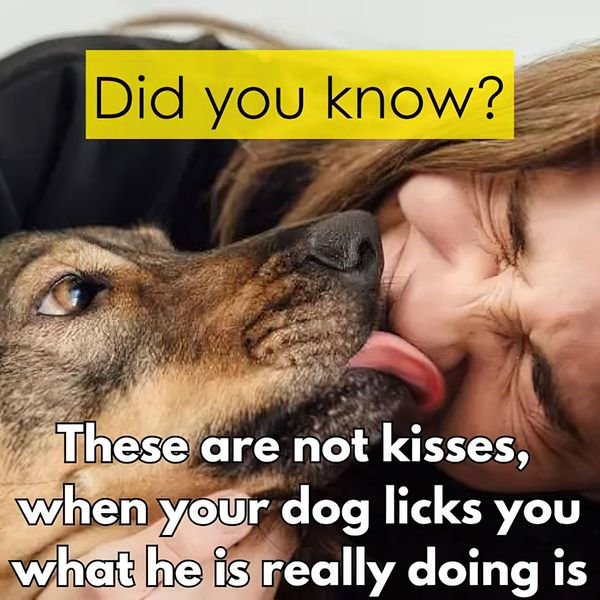
When a dog licks you, they’re likely not “kissing” in the same way humans do. They’re often using licking as a form of social interaction, grooming, or to explore the environment. Other reasons for licking include appeasement, seeking attention, or even trying to taste food.
Here’s a more detailed look at why dogs lick:
Social Communication:
Licking can be a way for dogs to greet or bond with other canines or humans.
Grooming:
Dogs naturally groom themselves and others, and licking can be part of this.
Exploration:
Dogs might lick to investigate the texture or taste of new objects, including your face.
Appeasement:
Nervous or anxious dogs might lick as a submissive gesture.
Attention-Seeking:
Some dogs lick to get your attention or elicit a positive reaction.
Taste:
Dogs might simply enjoy the taste of your saliva or the salty taste of your skin.
Empathy:
Dogs have been shown to be empathetic and may lick to comfort a distressed person.
Pup talks:
In wild canines, puppies lick their mother’s face to encourage her to regurgitate food, which they then eat, according to a Psychology Today article.
4. What Your Dog’s ‘Fox Position’ Really Means?

If your dog is in the “fox position” (curled up tightly, like a fox or a bagel), it means they are trying to protect their sensitive areas (throat, organs, paws), conserve warmth, and feel secure. This position is natural and common for dogs, especially when they want to relax, feel comfortable, or are a bit anxious.
Curled Up Like a Ball
Sleeping tightly curled in a ball is a holdover survival trait from a dog’s ancient forebears. Dogs descended from wolves, pack animals who sleep together in dens. The curled-up sleep position is often called “the fox” after another well known denning creature.
5. What It Really Means When Your Cat Lays on Your Chest!
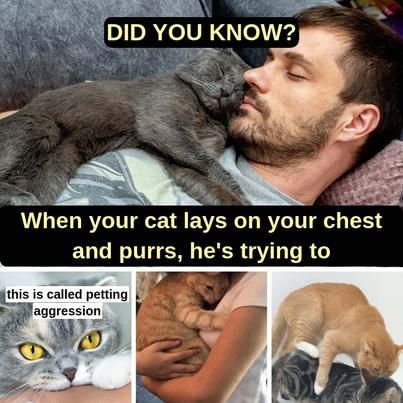
When a cat lays on your chest and purrs, it’s a powerful expression of love, trust, and comfort. The purr is often a sign of contentment and a way for them to communicate with you. They are seeking warmth and a sense of security, and your chest provides that for them.
Here’s a more detailed look at what this behavior might mean:
Love and Affection:
Laying on your chest is a way for your cat to show you how much they love and trust you.
Comfort and Security:
Your chest provides a sense of warmth and security, similar to a kitten snuggling with its mother.
Warmth:
Cats may seek warmth by lying on your chest, especially in cooler environments.
Contentment:
Purring is a sign of contentment, and your cat may be simply enjoying your presence.
Claiming You:
Some cats may also be trying to establish their territory by laying on you.
Seeking Attention:
They might be trying to get your attention or be playfully kneading you, which can be a sign of affection and comfort.
Bonding:
This behavior strengthens the bond between you and your cat, as they feel safe and loved in your presence.
Familiar Heartbeat:
Your heartbeat can be a soothing and reassuring sound for your cat, making them feel safe and secure.
6. Why Your Cat Really Bites You—It’s Not What You Think!
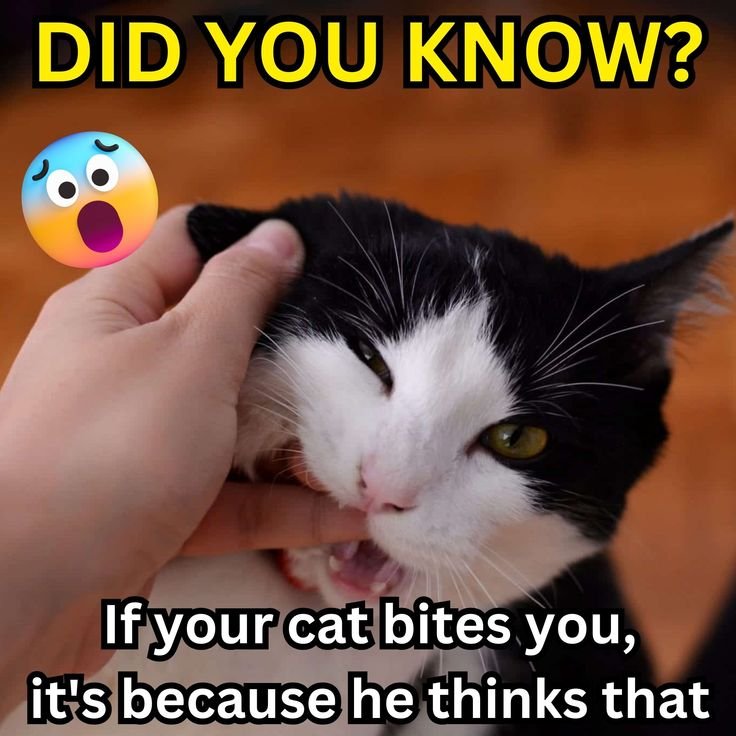
If a cat bites you, it doesn’t necessarily mean they think you’re “wrong” or are trying to “get even.” Instead, they might be communicating their feelings, such as fear, overstimulation, or pain. They could also be trying to tell you that they want an interaction to stop, or they might be exhibiting redirected aggression.
Here’s a more detailed look at why cats bite:
Fear or Stress:
A cat might bite out of fear if they feel threatened or are in an unfamiliar environment.
Overstimulation:
A cat might bite if they’ve been petted for too long and are feeling overwhelmed.
Pain:
A bite could be a sign that your cat is in pain and is trying to protect themselves.
Redirected Aggression:
A cat might redirect their aggression towards you if they feel threatened by something they can’t reach, like another animal outside the window.
Attention-Seeking:
Some cats might bite to get your attention or to stop an interaction they don’t like.
Play:
Sometimes, a bite can be part of playful interactions, especially if a cat has been encouraged to play with hands or feet as a kitten.
Love Bites:
A gentle nibble or bite can be a cat’s way of expressing affection or saying “I like this interaction, but it’s becoming too much”.
7. Dogs Can Understand Human Emotion
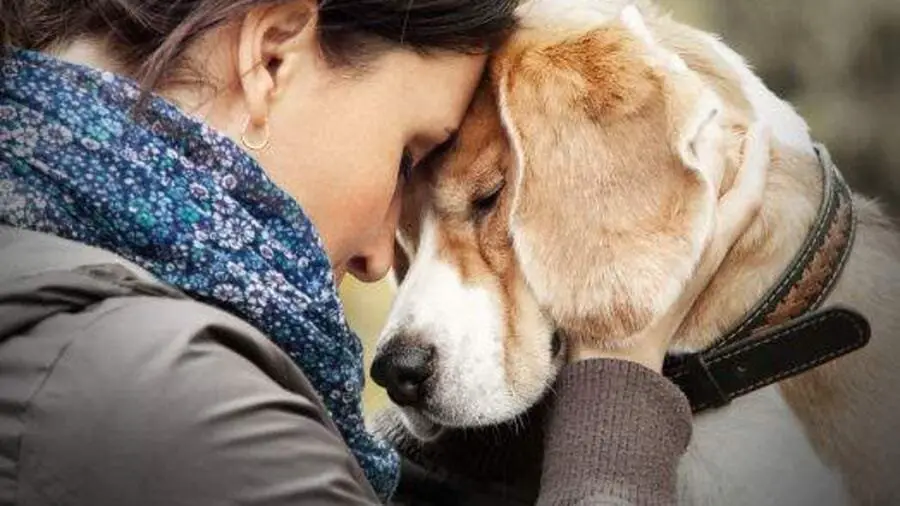
Dogs can actually recognise six basic emotions – anger, fear, happiness, sadness, surprise and disgust. So, if you are keen to hide your emotional state – steer clear of your dog. Not only can they recognise facial expressions, they can sniff out human emotions too!
8. Cats and Dogs Have Belly Buttons!
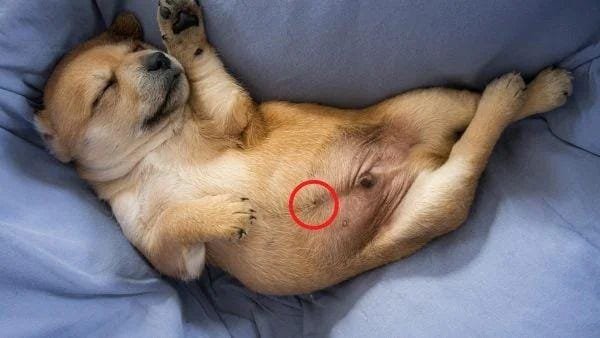
Cats and dogs are like humans and receive nutrients in the womb through the umbilical cord. When a pup or kitten is born the mother would chew off the chord leaving a stump that eventually falls off leaving a scar. It can be found near the base of their rib cage. However, it’s not easy to find and can sometimes be almost invisible.
9. Cats and Dogs Have Their Own Version of a Finger Print: Their Nose!
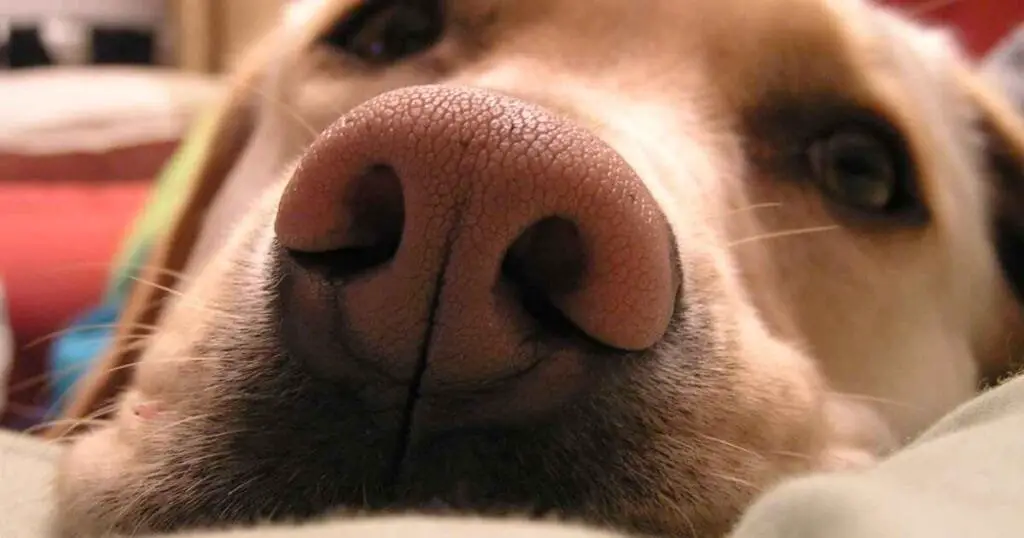
Every dog and cat nose print has a unique pattern, much like a human fingerprint. Maybe keeping nose prints could be an alternative to micro-chipping in the future!
10. Dogs Do Their Business According to the Earth’s Magnetic Field!

It is unknown why, but dogs seem to have an innate ability to sense Earth’s magnetic field and align themselves with it when they poop (who knew!). A study has found that when a dog poops, it aligns itself along the north-south axis. There doesn’t seem to be any particular reason or scientific explanation, but if you’re wondering if your dog has positioned themselves to look at you while they do their business, maybe you just happen to be facing north!
11. Cats Purring Can Stimulate Endorphins and Reduce Stress

Whilst dogs show their happiness through wagging their tails, cats communicate their happiness by purring (but they also purr to self soothe if they are stressed!).
The frequency of a cats purr, between 25 and 150 Hertz, has also been associated with the promotion of healing and some pain relief. Studies suggest that exposure to a cat’s purr can stimulate the production of endorphins and reduce stress in both cats and humans.
12. Dogs and Cats Have Sweat Glands On Their Paws

Both cats and dogs have sweat glands on the bottom of their paws, but not many of them! Because they have far fewer than humans, they only produce a very small amount of sweat and are therefore not very effective in keeping themselves cool.
13. Cats Will Always Land On Their Feet
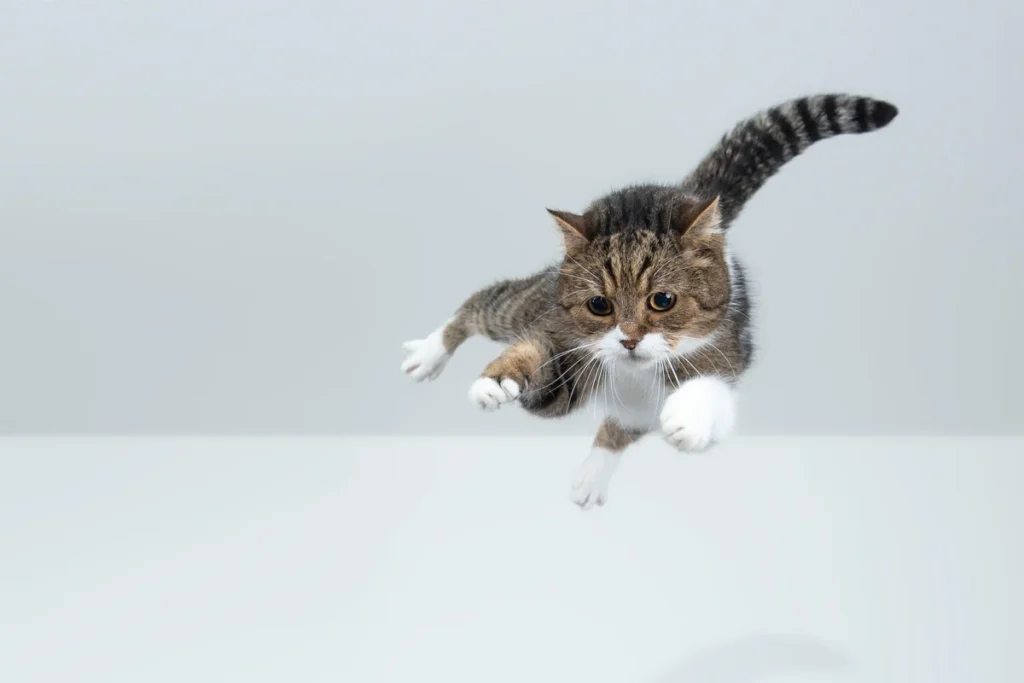
Cat’s have what’s called a righting reflex – which is a sequence of coordinated movements involving head and limb rotation enabling the cat to land on its feet. Its an automatic response when they fall and they begin to use it from about 3 weeks of age and master it by the time they are 7 weeks old. No wonder they have nine lives!
14. Dogs Sense Of Smell is Impressive (Like, Really Impressive)
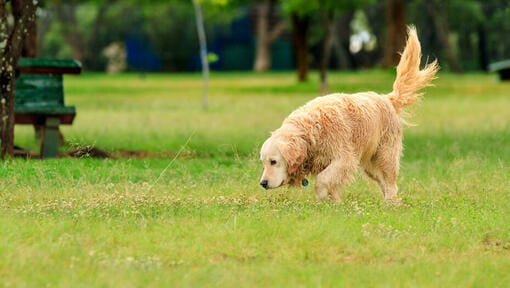
A dog’s sense of smell is 10,000 to 100,000 times more acute than a human. For every scent receptor a human has, a dog has 50. When compared to cats, a dog has 300 and cats 200. That said, recent studies indicated that cats could distinguish between similar scents better than dogs.
15. Cats Can Talk (Kind Of!)
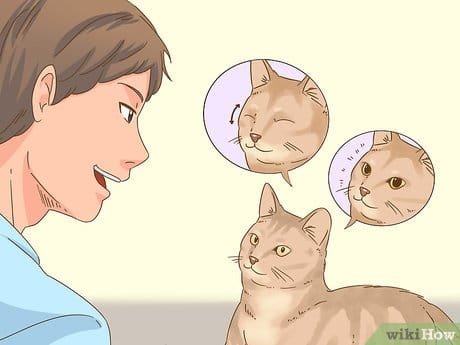
Yes, cats can talk. They have a diverse range of vocalisations, each serving a different purpose. Dogs primarily bark, cats however can purr, meow, chirp and trill. Each sound has its own meaning allowing them to communicate with other cats and their humans.
16. Pets Can Get Whisker Fatigue
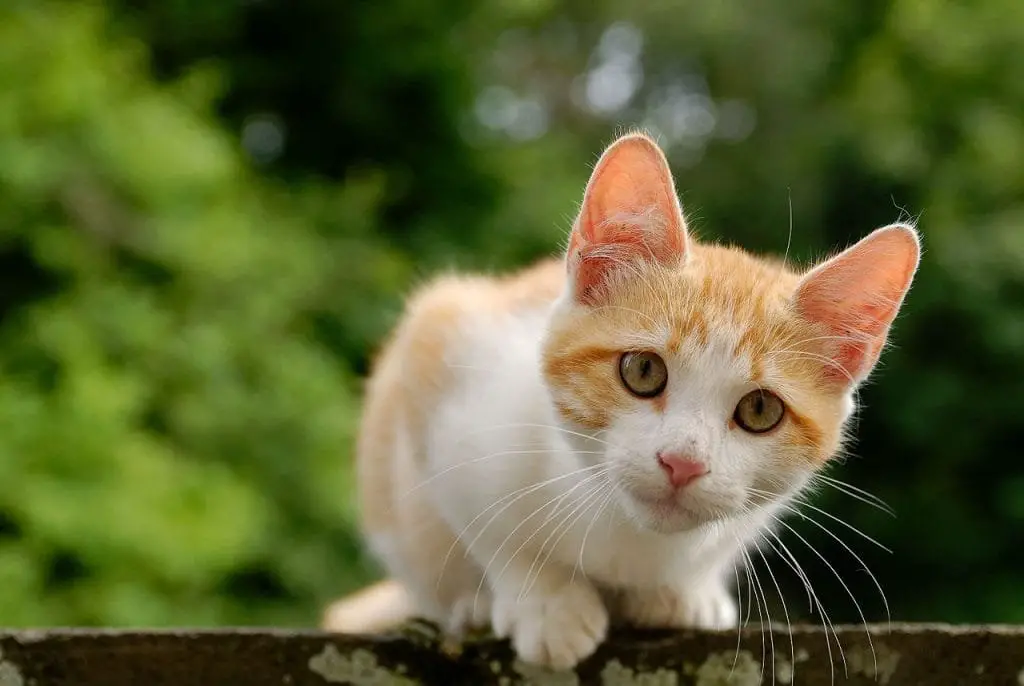
Both cats and dogs have whiskers which are highly sensitive touch receptors. They help them navigate around and sense change in air current. However, their whiskers touch something too much they can experience whisker fatigue. The biggest culprits of whisker fatigue is deep food and water bowls.
17. There’s Different Tail Wags For Different Things (and Breeds!)

Different breeds have different wags. For example – Beagles hold their tails more upright whilst Greyhounds tend to curl their tails under their bellies and Pugs have tails that coil tightly and don’t wag at all.
Even more interesting though is that studies have shown that when dogs’ tails wag more to the right if they are happy and to the left if they are anxious. This suggests that dogs may have a left-brain/right-brain bias similar to humans!
18. Cats Have Long Hairs That Help Gauge Openings
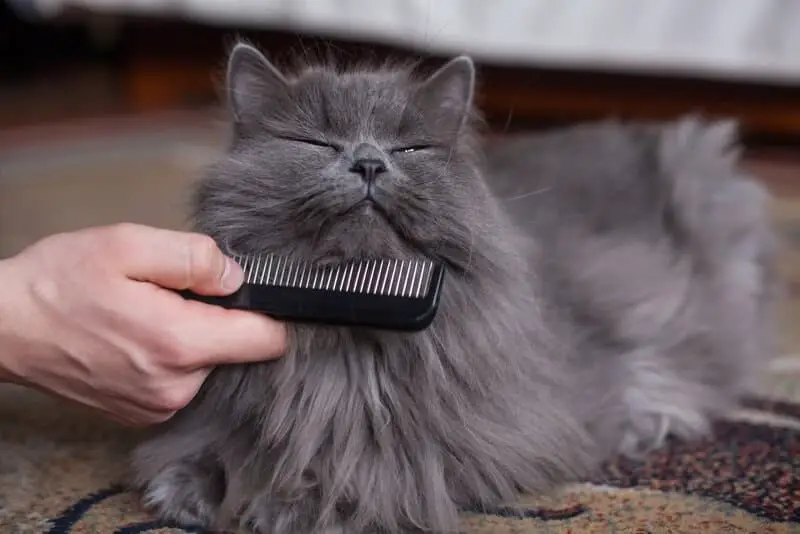
Vibrissae are a type of stiff functional hair that most mammals have and generally found on their face. Cats however also have these same vibrissae on the backs of their front legs. It is thought that these hairs help cats gauge the width of openings, aiding in their ability to navigate tight spaces.
19. Getting Sick from Your Dog’s Kisses is Unlikely … But Not Impossible
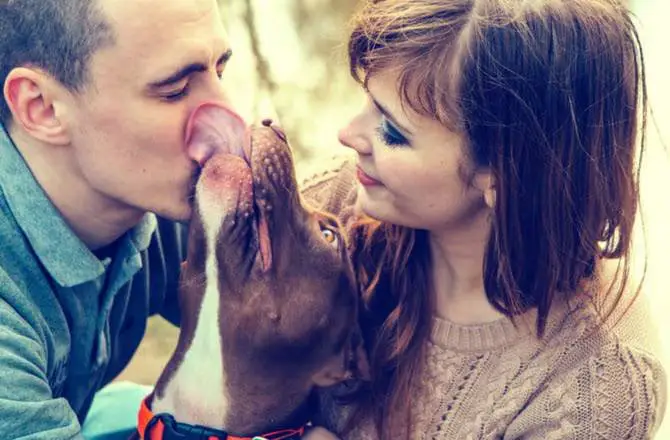
There’s a myth out there, Arden said, that a dog’s mouth is unbelievably clean–much cleaner than a human’s. It’s a huge misconception, but an even bigger one is that a dog’s mouth is unbelievably dirty.
The fact is that dogs and humans have comparable amounts of bacteria in their mouths, and the chances of getting sick from your dog’s kisses are low. Still, the CDC warns of the possibility of transferring diseases mouth-to-mouth between pets and their human parents (like Giardia and staph infections). That said, assuming you encourage and help foster a certain baseline of cleanliness for your dog and your household, the danger of getting sick from your dog’s kisses is minimal.
20. Kissing Can Be a Sensory Behavior
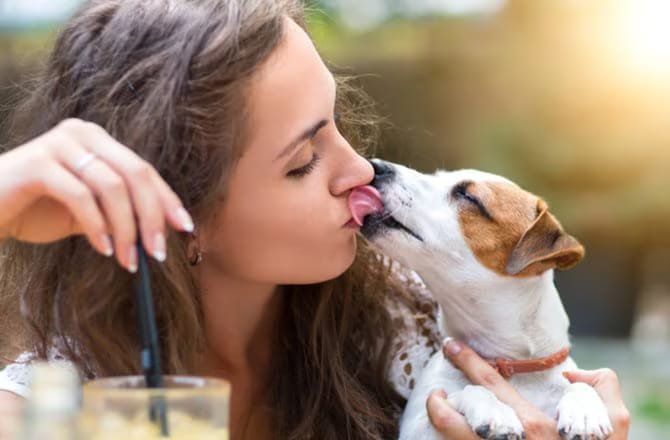
Sometimes, the only reason your dog kisses you is because of a particularly (and pleasantly) pungent odor on your person.
“Maybe your skin is a little salty, or they like the smell of a certain lotion you’ve applied,” Arden says. This also suggests the obvious: If you just ate something that’s especially tasty and your dog catches a whiff of it, there’s a good chance he’ll suddenly feel like planting a nice wet one on you.
0 Comments